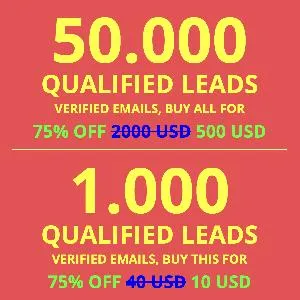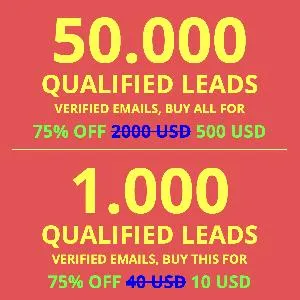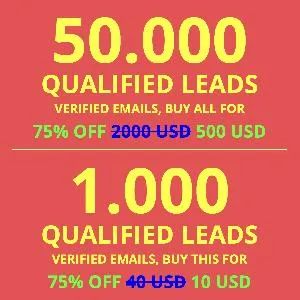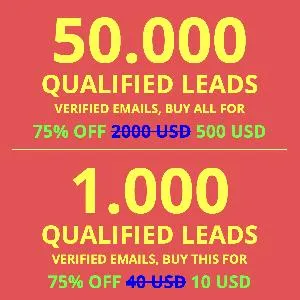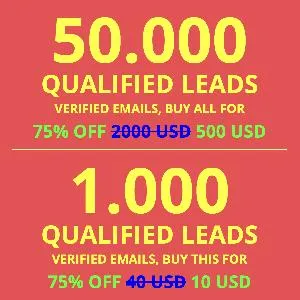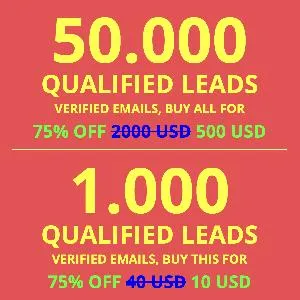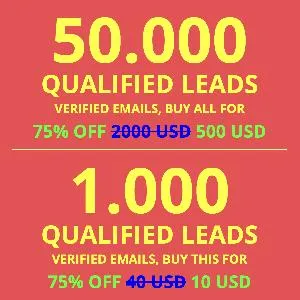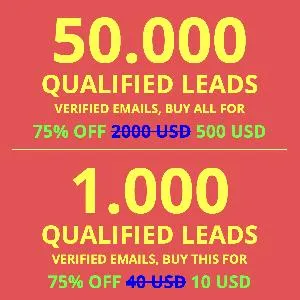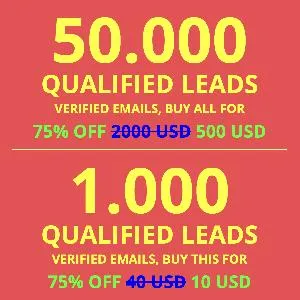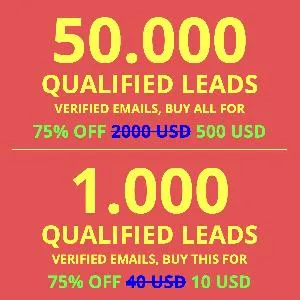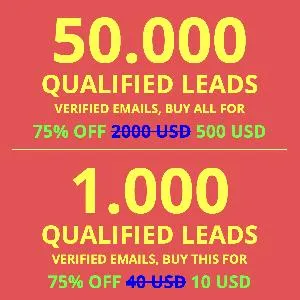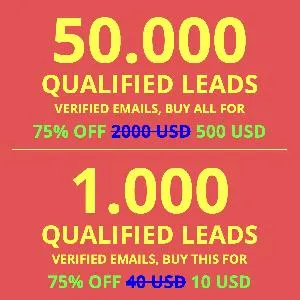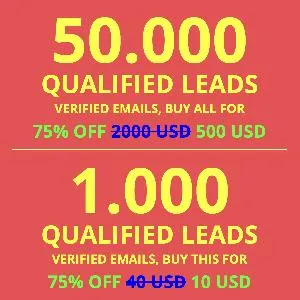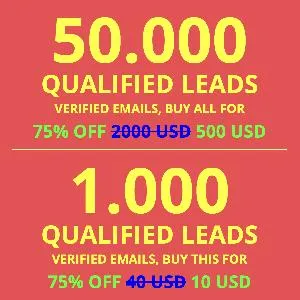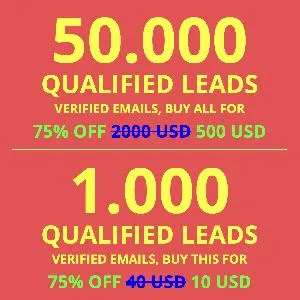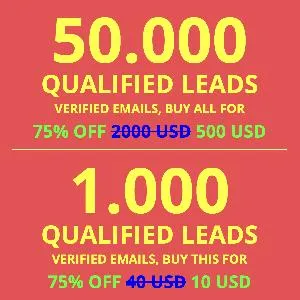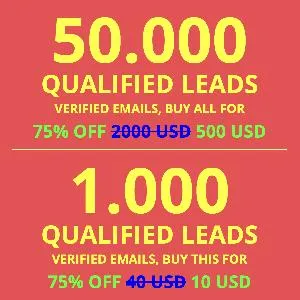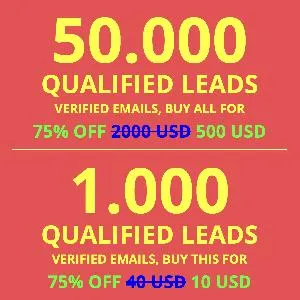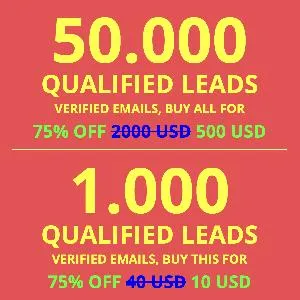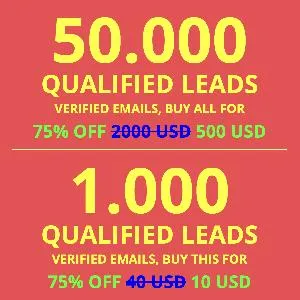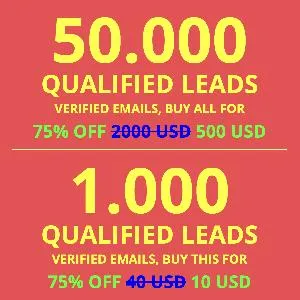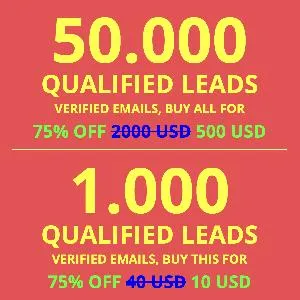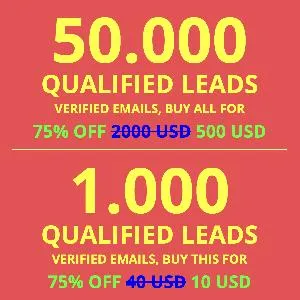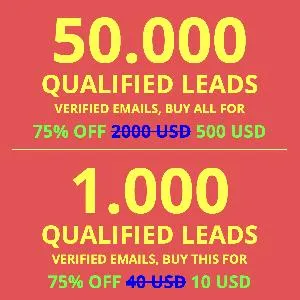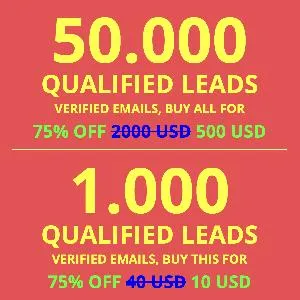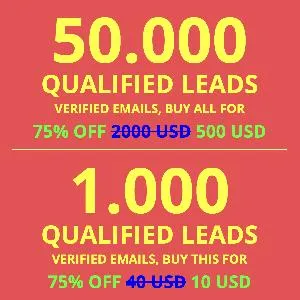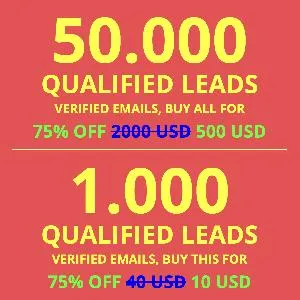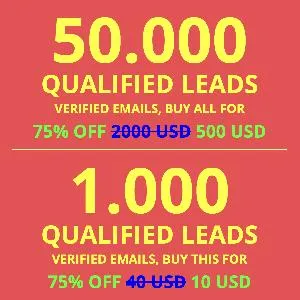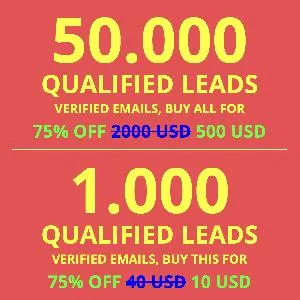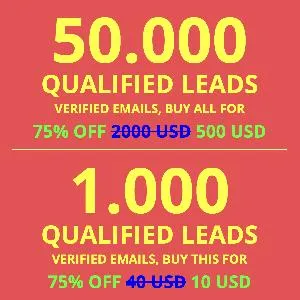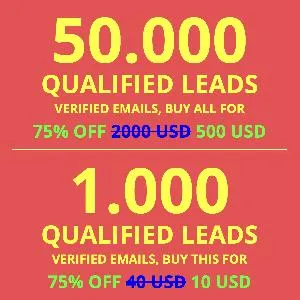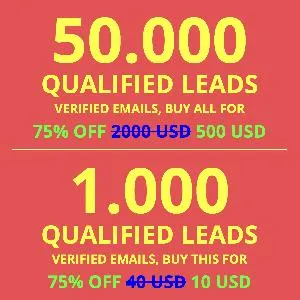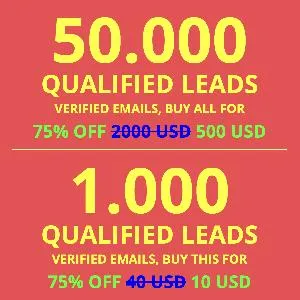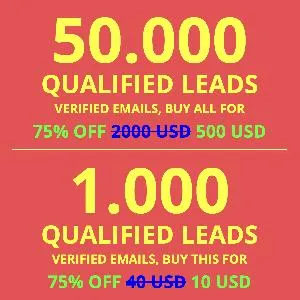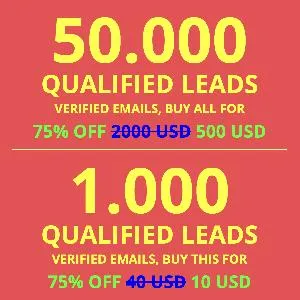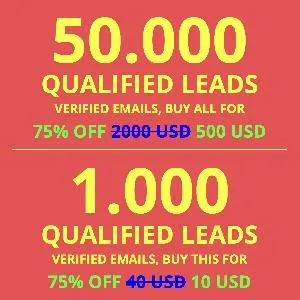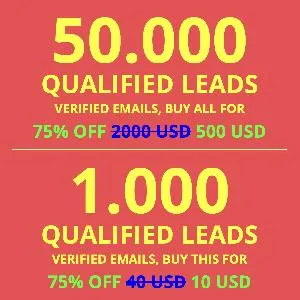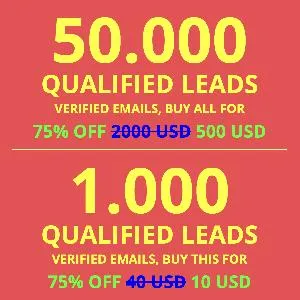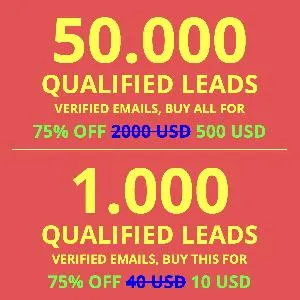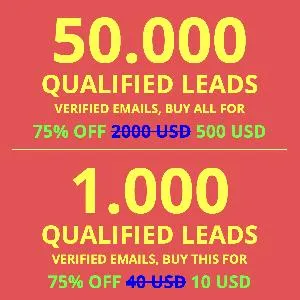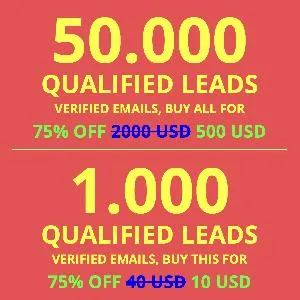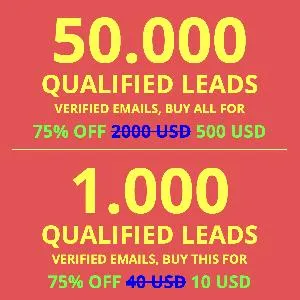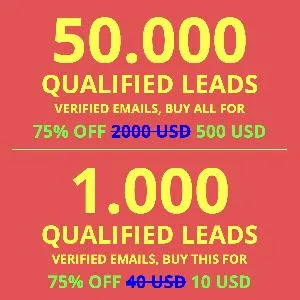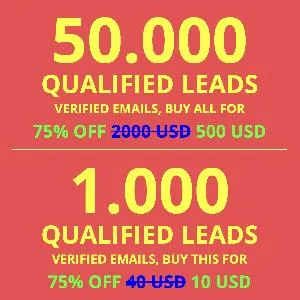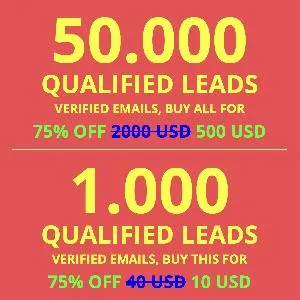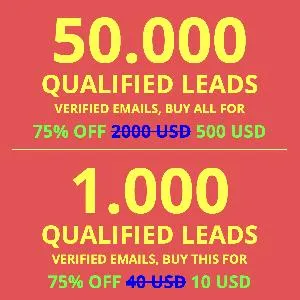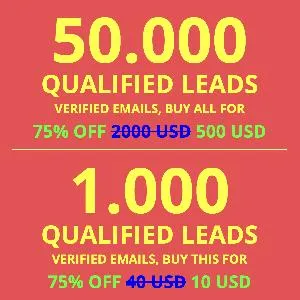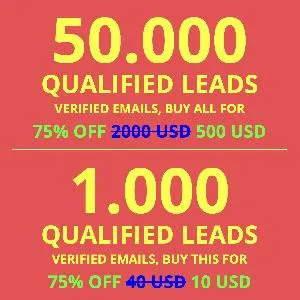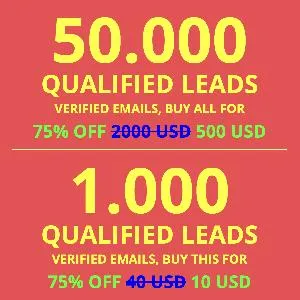Boosting Conversion Rates: Best Practices for Managing Qualified Leads
Published: 2025-02-09
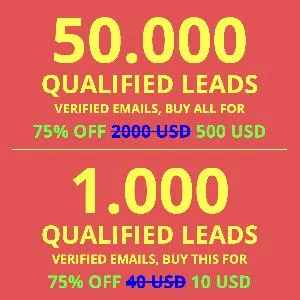
In today’s competitive business landscape, driving conversion rates is a crucial goal for sales and marketing teams. However, increasing conversions isn't just about attracting leads — it's about managing and nurturing the right kind of leads effectively. Qualified leads are those who are most likely to convert, and managing them well can significantly improve conversion rates. In this article, we’ll explore the best practices for managing qualified leads and boosting your conversion rates.
1. Define Your Ideal Customer Profile (ICP)
Before you can begin managing qualified leads, it’s essential to define who your ideal customers are. By establishing an Ideal Customer Profile (ICP), you can better understand what characteristics your leads should possess. This can include factors such as:
- Industry
- Company size
- Location
- Job role
- Pain points and needs
Having a clear ICP allows you to focus your efforts on leads that align closely with your target market, ensuring that your sales and marketing resources are spent on those most likely to convert.
2. Use Lead Scoring to Prioritize Leads
Not all leads are created equal. Lead scoring is a process that helps you prioritize leads based on their engagement and fit with your ICP. By assigning points based on factors such as website visits, email opens, social media interactions, and job title, you can identify which leads are most likely to convert.
A high lead score indicates that a lead is highly engaged and likely to purchase, while a lower score suggests they may need more nurturing. This system helps your team focus on high-potential leads and follow up appropriately, optimizing conversion rates.
3. Segment Your Leads for Tailored Communication
Effective communication is key to moving leads through the sales funnel. Segmenting your leads based on criteria such as lead source, engagement level, and behavior allows you to send personalized messages that speak directly to their needs and pain points.
For example, a lead who has shown interest in a particular feature of your product may appreciate more targeted communication about how that feature solves their specific problem. Tailored emails, content, and offers resonate more with leads, making them more likely to convert into paying customers.
4. Automate and Streamline the Follow-up Process
Timely follow-ups are essential for converting qualified leads, but doing so manually can be time-consuming and prone to mistakes. Implementing automation tools can help streamline this process. For example:
- Automated emails triggered by specific actions (e.g., downloading a whitepaper, attending a webinar)
- Scheduling reminders to reach out to leads at the right moment
- Workflow automation to ensure no lead is neglected
- By automating follow-ups, your team can ensure consistent engagement with qualified leads, increasing the chances of conversion.
5. Nurture Leads with Relevant Content
Not all qualified leads are ready to buy immediately. Some may need more time or information before making a purchasing decision. Lead nurturing involves providing valuable, relevant content to keep leads engaged throughout their decision-making process.
Content such as case studies, white papers, product demos, and webinars can help nurture leads by addressing their pain points and showcasing the benefits of your solution. Lead nurturing ensures that your leads remain engaged, which improves the likelihood of them converting when they are ready.
6. Implement a Robust CRM System
A Customer Relationship Management (CRM) system is vital for managing leads efficiently. By using a CRM, you can:
- Track lead activities and interactions
- Segment leads based on predefined criteria
- Set reminders for follow-up actions
- Measure the effectiveness of your marketing campaigns
A CRM ensures that all qualified leads are being managed and tracked systematically, reducing the chances of missed opportunities and improving your overall conversion rate.
7. Align Sales and Marketing Teams
One of the most common pitfalls in lead management is a lack of communication between the sales and marketing teams. When both teams are aligned, they can work together to ensure a smooth handoff of qualified leads and create a consistent customer experience.
Regular meetings between sales and marketing teams to discuss lead quality, feedback, and conversion strategies can help optimize the management process. Collaboration helps ensure that marketing is attracting the right leads and that sales is following up with them effectively.
8. Analyze and Optimize Your Lead Management Process
Continuous improvement is essential in any lead management process. Regularly analyze the performance of your lead management efforts, and look for areas where you can optimize. Use data to track the effectiveness of your lead scoring, follow-up strategies, and nurturing tactics.
Key metrics to monitor include:
- Conversion rates by lead source
- Average time to conversion
- Lead drop-off points
By analyzing these metrics, you can identify which strategies are working and which need adjustment, ensuring that you continuously boost your conversion rates.
Conclusion
Managing qualified leads effectively is a crucial part of increasing your conversion rates. By defining your ideal customers, scoring and prioritizing leads, segmenting your communication, automating follow-ups, nurturing leads, using CRM tools, aligning your teams, and analyzing your process, you can create a streamlined and effective lead management strategy.
Remember, it’s not just about generating leads — it’s about managing them well and guiding them toward conversion. By following these best practices, you can significantly improve your conversion rates and drive sustained business growth.
